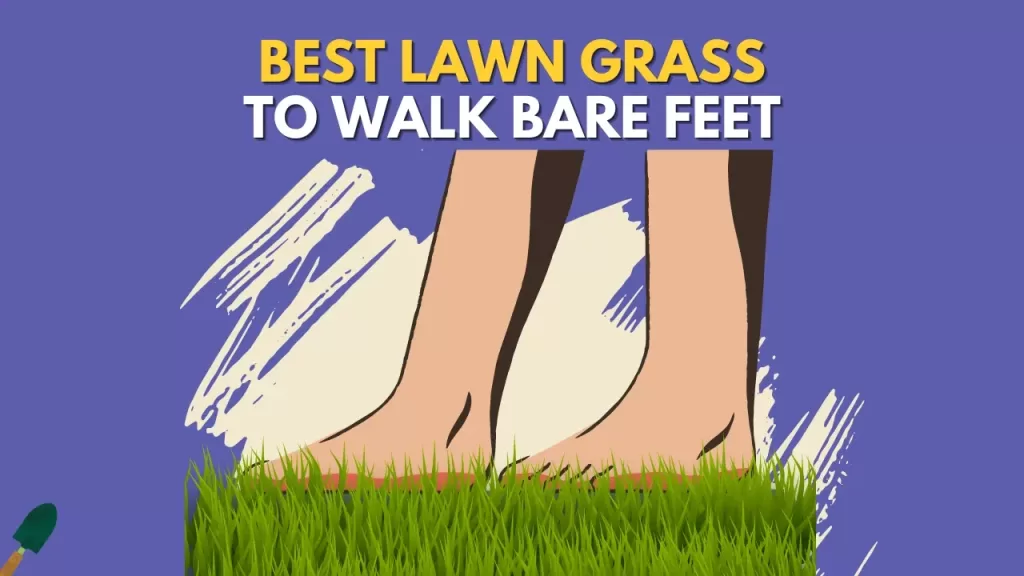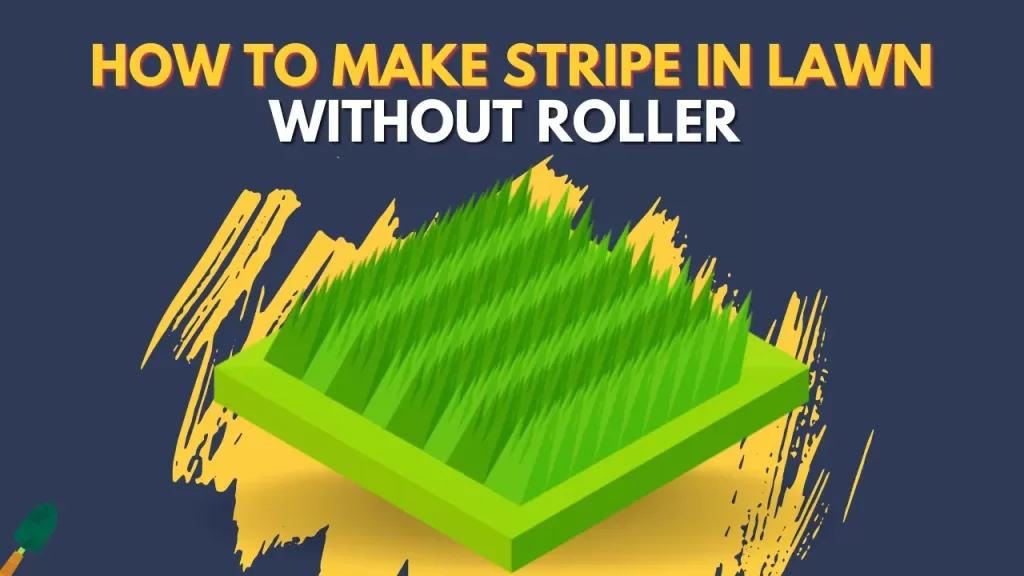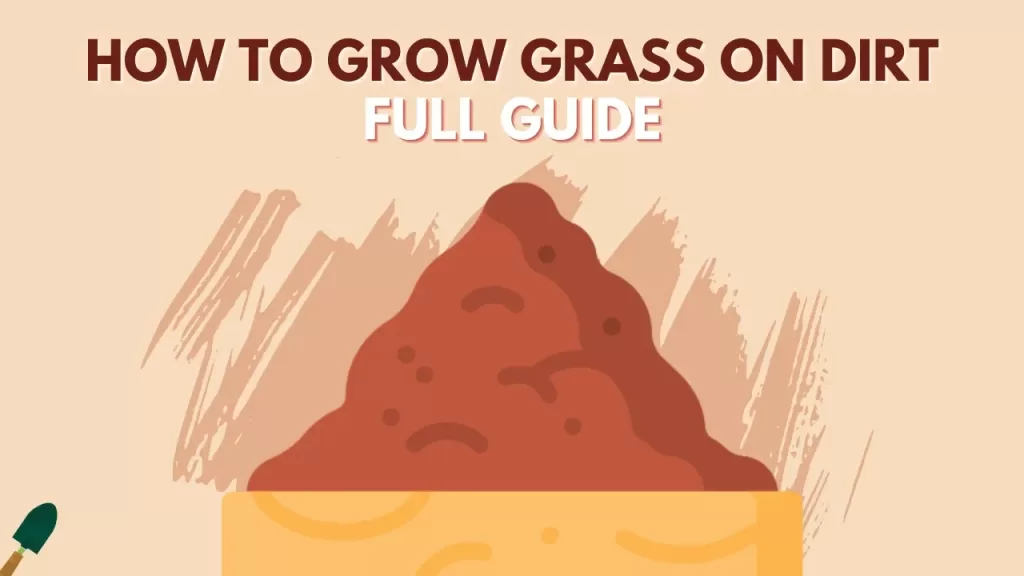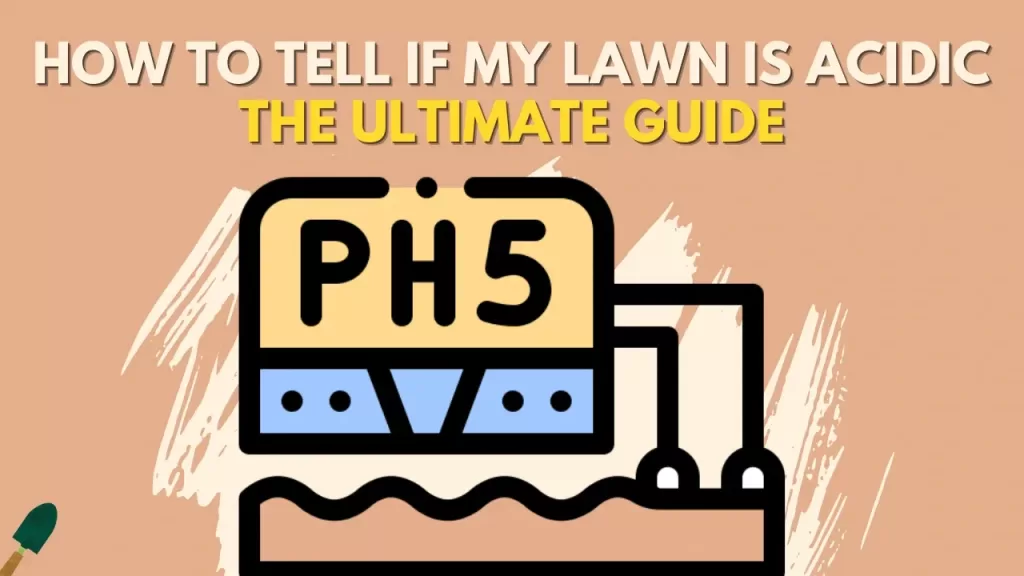Seeing different shades of colors on your lawn can sometimes make you worried. But every color indicates something.
Your grass can be different shades of green due to the condition of the lawn. If your lawn has a low nitrogen level, then it can be light green or yellowish, on the other hand, a high concentration of nitrogen can make your grass dark green.
Your grass can have different colors than yellow or green. Let’s talk about all the grass colors and what they tell you about your lawn.
What Are The Different Shades Of Grass Blades Telling Me About The Condition Of The Plant?
Green
The green color of the grass, which we see is due to chlorophyll present in the leaves of the grass. When chlorophyll reacts with sunlight to make nutrients through the process of photosynthesis, it absorbs the sunlight but it doesn’t absorb the green light and reflects the green color. So if you are seeing green color then it’s a sign that the grass is doing a photosynthesis process.
So what makes your grass look dark or light green?
The light and dark shades you see in your grass are due to the nutrients available in the lawn, mostly the nitrogen which promotes growth and the green color in the lawn.
Yellow Grass
Yellow grass in the lawn is an indication that your lawn has some problems and it needs to be taken care of or the grass will turn brown in two to three weeks and die.
Mostly yellow grass can be caused by the bad health of the soil or the low amount of nitrogen available in the soil for the grass to grow and thrive. If you are seeing yellow patches in your lawn then fertilize your lawn to provide all the essential nutrients. The fertilization will take a week or two to restore the grass from yellow to green. After your lawn has been restored, fertilize your lawn every 6 months to maintain the health of the soil.
There are other reasons for the grass to become yellow. Let’s discuss these problems:
- Acidic lawn – when the pH level of your lawn becomes high, your lawn becomes acidic and makes the grass turn yellow. If you leave it like that, the grass will become brown and die. Apply lime to the lawn to restore the pH level of your lawn and make your lawn healthy.
- Compacted Soil – if your lawn has compacted soil, it can block all the essential nutrients like water and air to get to the root of the grass which will make the grass weak and yellow. Aerate the compacted soil to loosen it and help penetrate the essential nutrients to get to the roots of the grass.
- Bad Watering – if you do improper watering in your lawn, the lawn can get soaked up with water and make the roots of the grass rot, or low watering can stress the grass. Both of these will make the grass stressed and yellow. To prevent this water properly with deep and infrequent watering.
- Shade – if you have shade on your lawn, it can deprive the grass of sunlight which is essential for the grass to grow. If the grass doesn’t get enough sunlight then it will start to turn yellow and then die.
- Weeds – weeds can also block the essential nutrients from the grass and will make it thin and yellow. To prevent weeds in the lawn apply herbicide to the lawn to remove all the weeds from the lawn.
- Over-fertilization – over-fertilization can also make your lawn turn yellow because of the high nitrogen level in the lawn which can burn the grass which will start to turn yellow and then die. Dog urine can also over-fertilize some parts of your lawn and make in yellowish.
Brown grass
if you are seeing brown color patches in your lawn, then it’s not a good sign and your lawn is in a bad shape. Brown color patches indicate dead grass, which cannot be repaired. You need to clean up that area and reseed the patches on the lawn.
But seeing brown patches in your lawn can be a bigger issue than just reseeding those patches. Your lawn may have low nutrient levels or it is becoming acidic which is causing the grass to die. There can be other reasons as well which are causing brown patches.
Red
If you see red in your lawn then it can be a fungal disease known as red thread disease. The red thread is very common in a fescue lawn and you will find it most probably in spring or early summer. The red color you see is not the grass changing color but as the name suggests the red thread developing in the turf.
Rather than damaging your lawn, this is just a fungus disease and not do any long-term harm to the lawn and gradually the lawn repair itself and make the lawn green again
Is Rubble Under The Lawn Creating Different Shades Of Green?
After the construction of the house, many builders leave the rubble in the lawn and then create a layer of topsoil for the grass. This makes less space for the grassroots to grow as they cannot find water and nutrients in the rubble and in the summer heat or drought the grass tends to die or become yellowish.
The rubble also causes drainage issues for the lawn as the water remains in the topsoil after the watering and sometimes makes the roots rot and this can cause diseases in the lawn or the grass to die.
If you are seeing the grass dying in your lawn, although the soil is rich in nutrients and healthy, then you need to check if there is rubble underneath the soil.
Dig up a small section of the lawn to check for the rubble. If you find rubble underneath the lawn, then your best option is to dig up the whole lawn, remove the rubble, add soil in your lawn and reseed it or lay the sod.
Is Wear And Tear From Footfall Creating Different Shades Of Green?
Foot traffic can be an obvious issue for your grass to look different shades of green. As we walk on the lawn, we bend the grass sideways in different directions, which makes your grass look different color when it reflects the sunlight.
Another reason for your grass to become different colors due to foot traffic is the compacted soil. When we walk on the lawn, we make the soil compacted, which blocks the grass root to get all the essential nutrients like water and air from the soil, which makes your grass slowly die and become yellow.
So how do you prepare your lawn damaged due to foot traffic and prevent the damage in the future?
- Make a path – to eliminate future foot traffic from the lawn, make a path in your lawn to that every one uses only that part to walk on the lawn.
- Aeration – aerating your lawn where the grass is turning light or yellow due to heavy foot traffic will help the compacted soil. aeration will help the roots to get essential nutrients and air to grow thick and darker.
- Limit going in the lawn – if you have pets and they are making it difficult for you to limit the compaction then you can fence out or make a border to keep the pets and other animal outside of your lawn which will make the lawn recover and be healthy.
Can Weeds Cause My Grass To Be Different Shades Of Green?
Weeds can cause some serious issues in your lawn. If some parts of the lawn have weed, then it can suppress the grass there and block essential nutrients, which makes your grass yellow or brown. Weeds are also of different shades of green and make your lawn look different in that part of that area.
To remove weed from your lawn and make your lawn look greener and beautiful, apply the herbicide to your lawn. And after removing the weeds, aerate that area of the lawn and reseed it.
Can Moss Changing The Color Of My Lawn?
Just like weeds, moss can also cause serious issues in your lawn as it grows low very low to the ground and can block grass growth in your lawn. Moss will try to spread over the soil and block the sunlight to grow to the soil or the smaller grass blades, which will make the grass turn yellow.
Moss is also a lighter color than the grass which makes your lawn look different shades and removing moss from your lawn is very crucial to restore it. Another thing that promotes moss growth in your lawn is compacted soil. Check if your soil is loose and not contacted, and if it is compacted then aerate your lawn properly to make your lawn healthy. Aeration will also help the grass to get all the essential nutrients and air from the soil properly.
Why Do Your New Rolls Of Turf May Occasionally Appear Different From One Another?
If you have just laid new turf on your lawn, you may see that there are different shades in the lawn and some blocks are lighter and some are darker.
You don’t have to worry about this as some difference in color on the turf is harmless.
But why does it happen, and why your turf looks different in different parts although you have laid them at the same time. The different shades are because the turf has come from the different parts of the field and got different amounts of sunlight in the field. The amount of fertilization the turf got in the growing period in the field also determines the shade of the grass.
Sometimes the amount of time the turf has been sat on a pallet before laying it on the lawn also makes a difference in shade. All these differences will eventually fade away and your lawn will restore itself without any special treatment.
What Makes Grass Greener?
To make your grass greener, you need nitrogen in the soil. Nitrogen is the biggest essential nutrient for the grass to grow and be healthy. Nitrogen makes your grass greener by pushing the production of chlorophyll in the plant.
Light Green Grass Patches In The Lawn?
Your lawn gets light green patches because of the low nitrogen level in the area. There can be other causes such as compacted soil or shade but the most common cause is low nitrogen level. Fertilize your lawn in that area with an NPK fertilizer and the patch will eventually recover itself.




